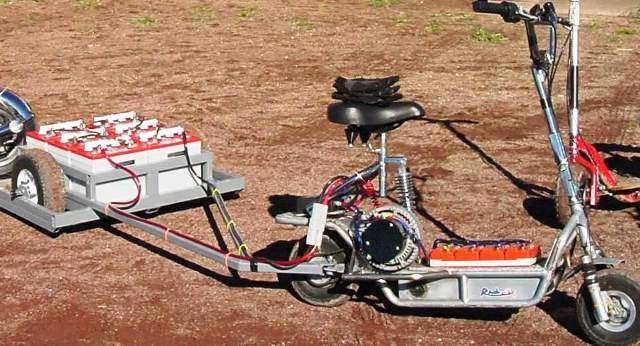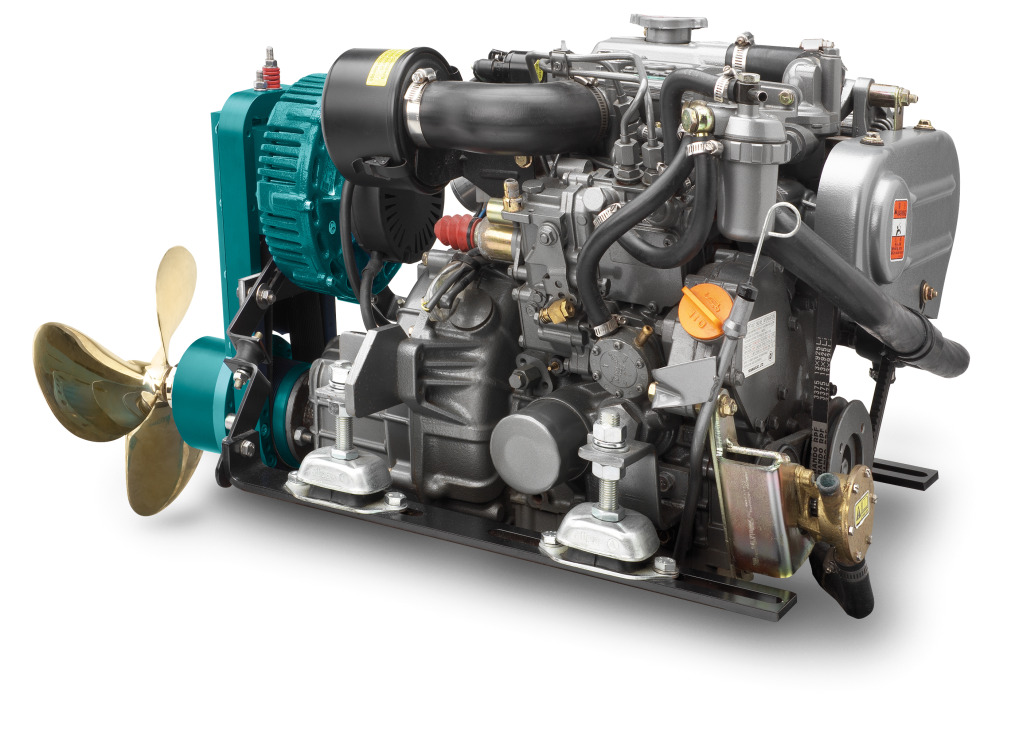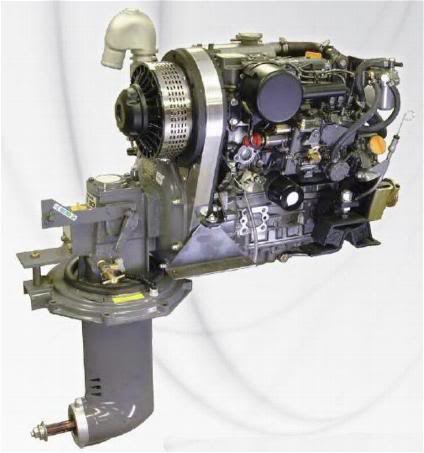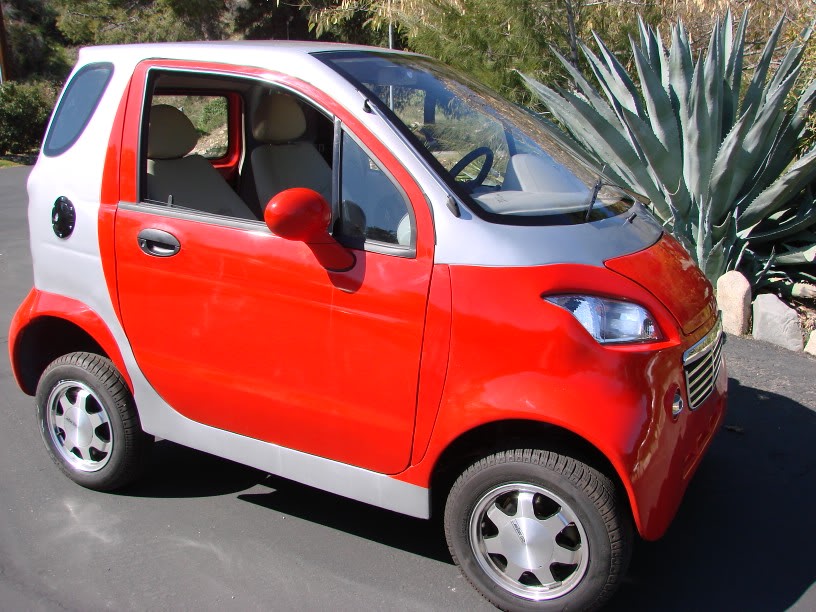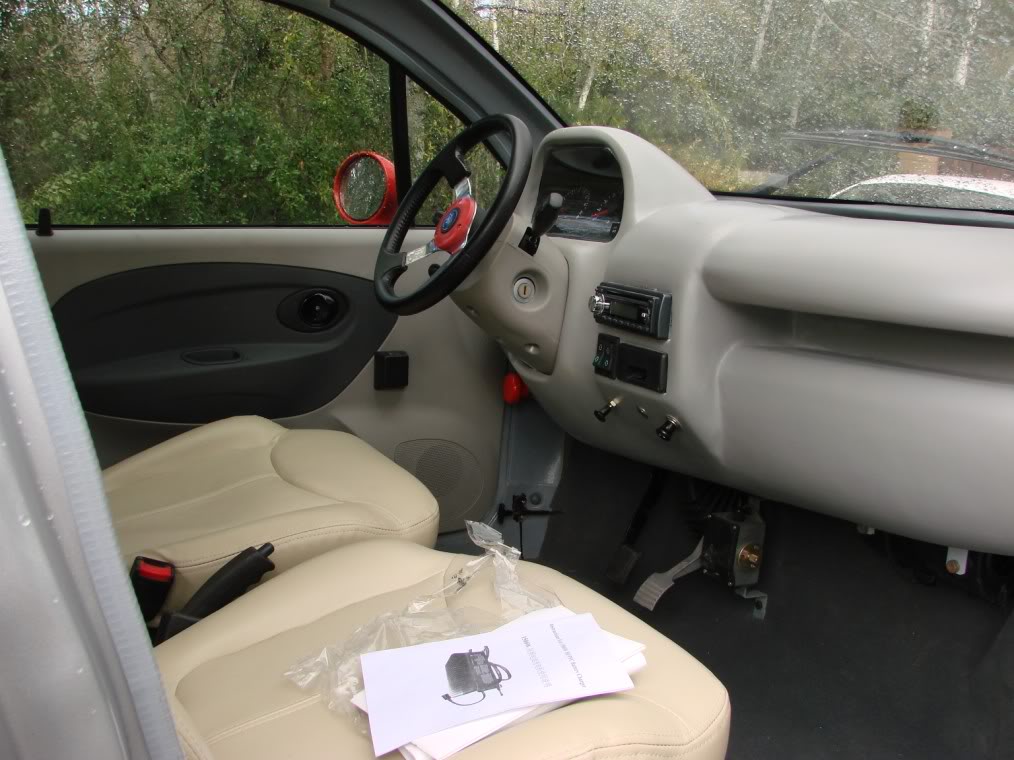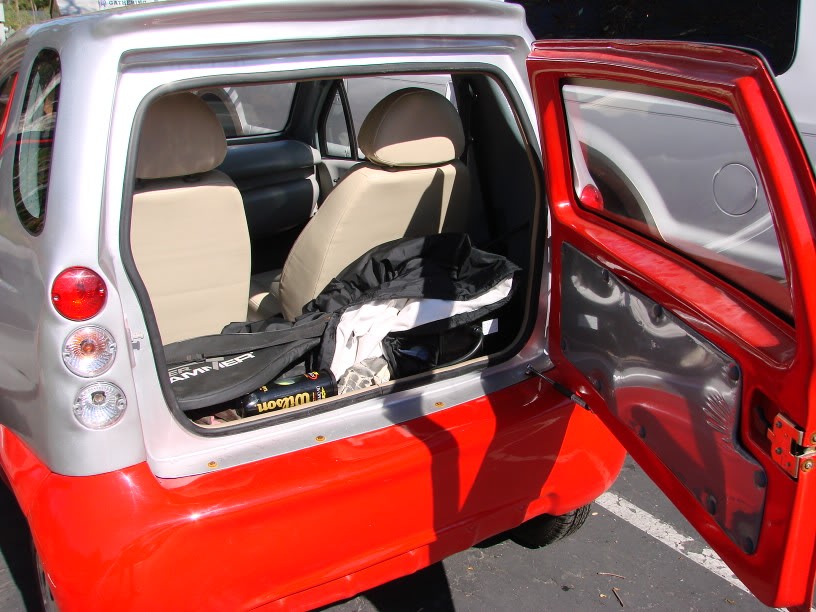Thanks Bob. I'll post some questions after doing some more research on my requirements.
In the meantime are there any California suppliers for the batteries and chargers?
I need to retract one of my previous suggestions, using the CellLog in the previous post. They work for a marine house bank, but used as I originally suggested will load the cells unevenly in your 72V application. To shut off the charger, you are going to have to use bank voltage, or monitor every cell, not just the high ones. My mistake...sorry.
The cells are available from Balqon and perhaps Calib Power USA in SOCAL. There is a EV dealer in the Bay Area NORCAL, Thunderstruck Motors and also I think that is where Alliance Renewable Energy is located. In Phoenix there is Elite Power Solutions, and in Flagstaff with another location somewhere in California is Electric Blue Motors. An Internet search will find websites for all mentioned, or I can post one if needed.
Make sure you know your supplier before you send them money, it is not uncommon for them to want cash or a wire transfer for payment. It's one of the Achilles heels of LFP at the moment. I have done business only with Electric Blue Motors, who is a distributer for Elite Power and was very satisfied. I was in Grenada at the time and had them ship 48 cells to me....
If you need a new charger, these dealers may be able to help. But EV chargers are pricy, and there may be some simpler alternatives for a small 72V pack. I will think about it, but you could also join and post a question on the DIY Electric Car forum. There are more knowledgeable guys over there that might be able to offer a suggestion.
If price were no object, I'd use CALB FI series cells. You should be able to get them from Calib Power or via the Internet from EVTV Motor Verks. If Balqon has what you need in stock, they will probably be the least expensive.


